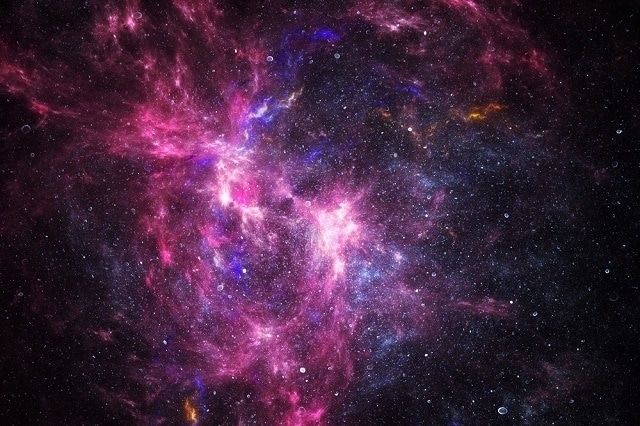Mar 15 2016
As part of its Game Changing Development (GCD) program, NASA has chosen four proposals to build next-generation solar array technologies for deep space missions. The aim of the program is to develop solar arrays that will help spacecraft to explore space destinations that lie outside of the low-Earth orbit.
 Image Credit: Alen Hunjet/Shutterstock.com
Image Credit: Alen Hunjet/Shutterstock.com
Solar arrays, required for NASA’s future deep space missions, should be able to function in adverse environments, such as low-temperature and high-radiation. Advanced solar power technologies centered on these aspects will lead to better mission performance, improved solar array life, and would eventually enable the use of solar-powered vehicles for a deeper exploration of space.
These awards will greatly enhance our ability to further develop and enhance LILT (low-intensity low temperature) performance by employing new solar cell designs. The ultimate goal of increasing end of life performance and enhanced space power applications will greatly impact how we execute extended missions, especially to the outer planets.
Lanetra Tate, GCD Program Executive in Space Technology Mission Directorate, NASA
The following are the four proposals chosen for contract negotiations:
-
Transformational Solar Array for Extreme Environments -- Johns Hopkins University Applied Physics Laboratory of Laurel, Maryland
Micro-Concentrator Solar Array Technology for Extreme Environments – The Boeing Company of Huntington Beach, California
Solar Array for Low-intensity Low Temperature and High-Radiation Environments, NASA’s Jet Propulsion Laboratory in Pasadena, California
Concentrator Solar Power Systems for Low-intensity Low Temperature and High Radiation Game Changing Technology Development -- ATK Space Systems of Goleta, California
In response to the Extreme Environment Solar Power Appendix to the SpaceTech-REDDI-2015 NASA Research Announcement, 13 proposals were recieved from NASA research groups, laboratories, centers, and industry. Approximately $400,000 will be granted in the initial contract awards, which will provide nine-month funding to awardees to work on system design, analysis, and component testing.
Once the first nine months are completed, a second phase is expected, where two of these technologies may be selected to receive approximately $1.25 million. During the second phase of the project, these funds will be used to test and develop the technologies’ hardware. During the final stage of the project, one research team may continue the development and testing process to create scalable system hardware.
The GCD program is managed by NASA's Langley Research Center based in Hampton, Virginia for the agency’s Space Technology Mission Directorate in Washington. The directorate will announce additional solicitations during the course of the next 18 months. The aim is to make considerable investments, which deal with high-priority issues to acquire safe, yet cost-effective deep-space missions.